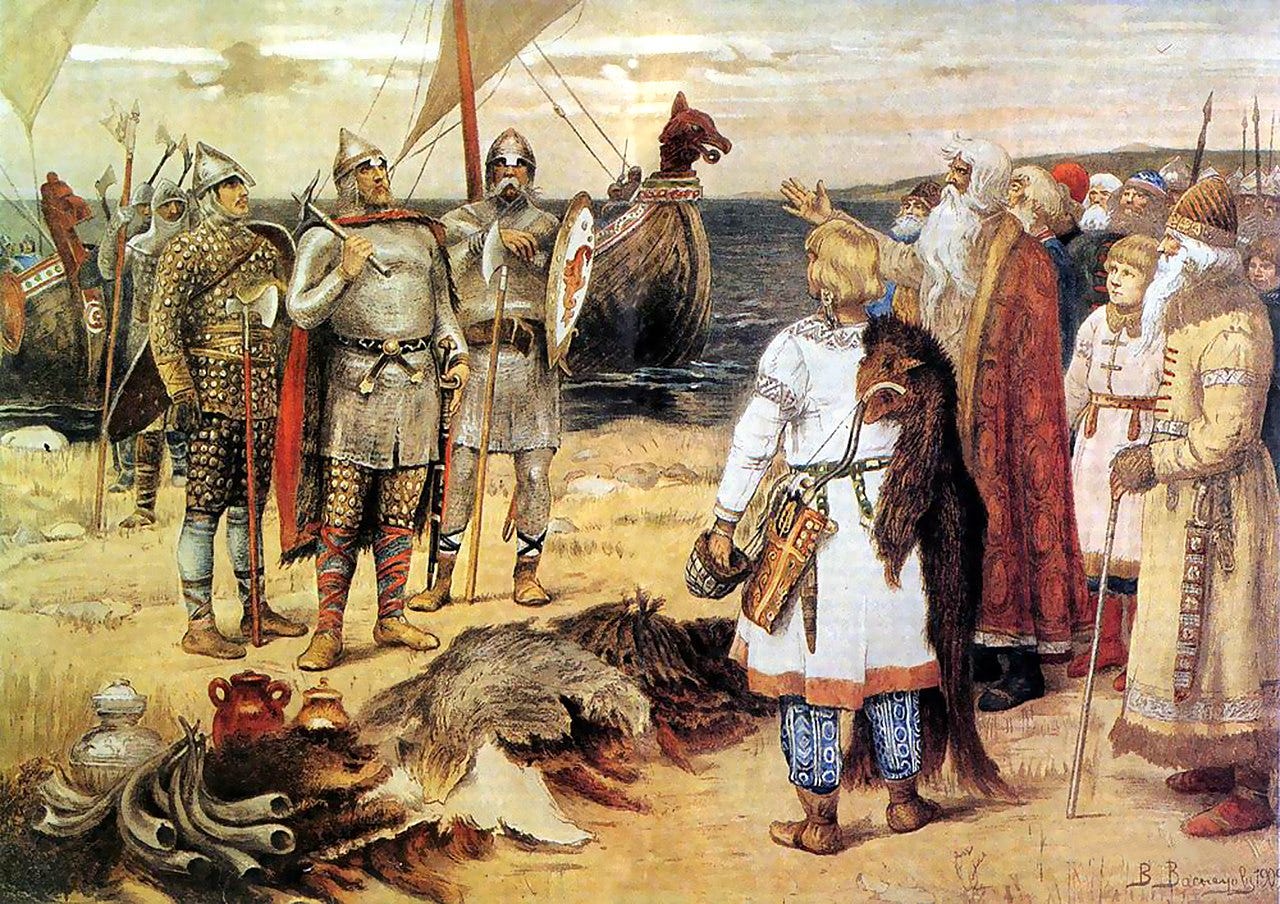Crimean History Pt. 2: Prelude to Holy Kiev
Invitation of the Varangians by Viktor Vasnetsov, before 1913
As the 9th century dawned, Crimea was split between the Empire of Khazaria, which controlled Crimea’s northern half, and the Byzantine Greeks who controlled the south. As it would be in centuries to come, the Byzantines and the Turkic Khazars alternated between squabbling and alliances. Khazar…
Keep reading with a 7-day free trial
Subscribe to Notes from the End of Time with Kenaz Filan to keep reading this post and get 7 days of free access to the full post archives.




